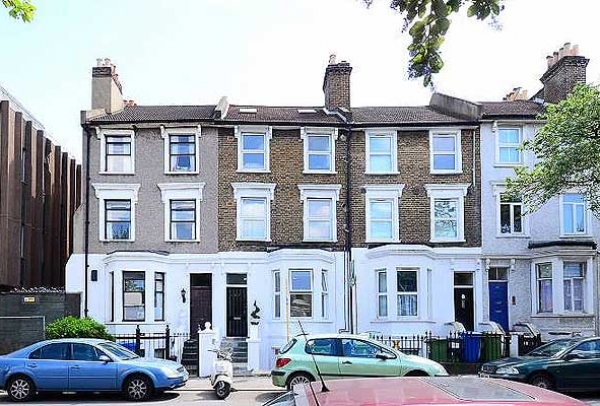Dulwich Sees Highest Price Growth in London of 863% in 20 Years
The southeast London district of Dulwich has been named the capital’s hotspot for house price growth, after recording an enormous rise of 863% over the last two decades, according to a new report from estate agent Knight Frank.
In 1995, the average price of a flat in Dulwich was £58,000, compared to a typical asking price of £415,000 today. Large family homes could be bought for £81,500 20 years ago, but now they rarely sell for under £750,000.
Property prices in the area have increased by 53% in the last three years alone, due to Dulwich’s strong transport links to key London stations. It takes just nine minutes to travel to Victoria and 22 minutes to King’s Cross from Herne Hill, with regular services to London Bridge – a 17-minute journey – from North Dulwich and East Dulwich stations.
Additionally, the London Overground station at Honor Oak Park, opened in 2011, makes getting to Canary Wharf easy.
These quick commute times are making Dulwich and other southeast London zones more attractive to families looking for good schools, good value homes and green space.
Head of London Residential Research at Knight Frank, Tom Bill, says: “Dulwich has the strongest track record for house price growth in London and some of the best schools in the country.
“Against the background of the wider transformation of southeast London, it is exceptionally well-positioned to benefit, as the property market in the capital evolves.”
But Dulwich still proves cheaper than other areas on the border of zones 2/3, as prices start from £600 per square foot, compared to £800 in Chiswick and Barnes, in west London. Homebuyers and investors should head to Dulwich for better value for money.
The area is broad and offers something for everyone. East Dulwich has trendy bakeries and restaurants, while Dulwich Village is picturesque and charming, with Dulwich Park and the famous Dulwich Picture Gallery. West Dulwich is home to large, detached period properties.
Sophie England, an office manager, has lived in the area for six years with her husband, a teacher at Dulwich College. The couple moved from Clapham to start a family.
“We’re the typical migrators,” she explains. “It has a very village-y feel, but is so well connected and there’s lots of open space. It’s ideal.”1
Average property prices in Dulwich
|
Property type |
Average price |
| One-bedroom flat | £352,615 |
| Two-bedroom flat | £457,634 |
| Two-bedroom house | £662,879 |
| Three-bedroom house | £793,850 |
| Four-bedroom house | £1,118,258 |
Recently, north Londoners have also been looking to move south.
A negotiator at Knight Frank in Dulwich Village, Laura Richardson, finds: “This week I’ve already had three enquiries from people living in Islington – couples looking to put down more permanent roots before starting their families.”
These households are attracted to the Victorian and Edwardian houses of Dulwich, which are wider than the Georgian homes found in Islington.
Richardson adds: “The basement trend hasn’t really hit here yet. People tend to build up into the loft.”1
This could be due to the Dulwich Estate managing a large section of the area, covering 1,500 acres, for the last 400 years. Strict planning rules, including keeping at least 50% of your front garden for plants, have retained a homely feel.
Could you be buying a property in this area soon?










